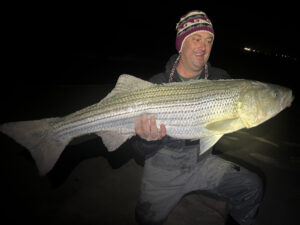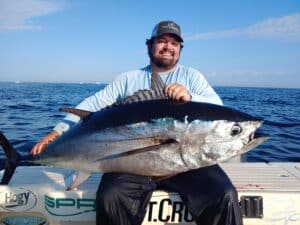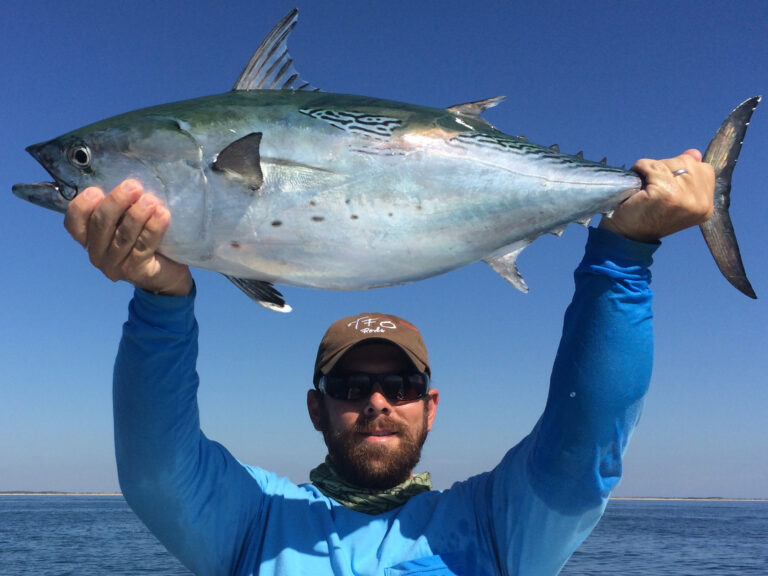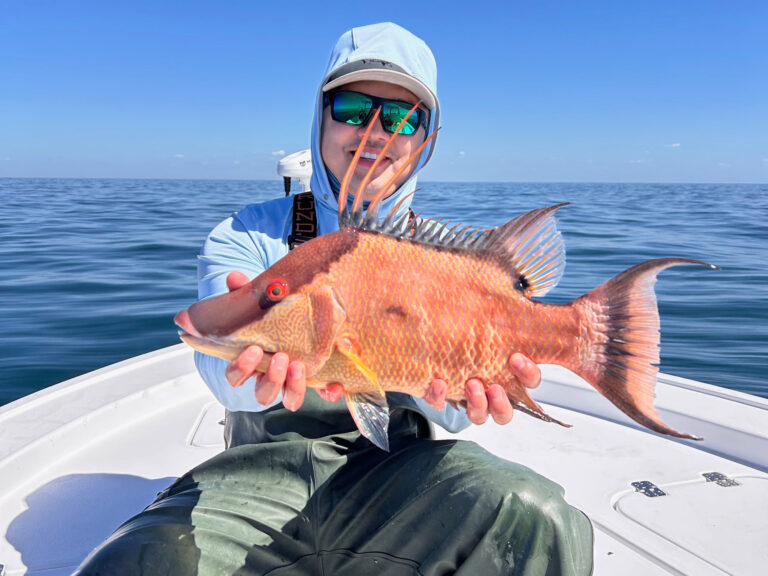
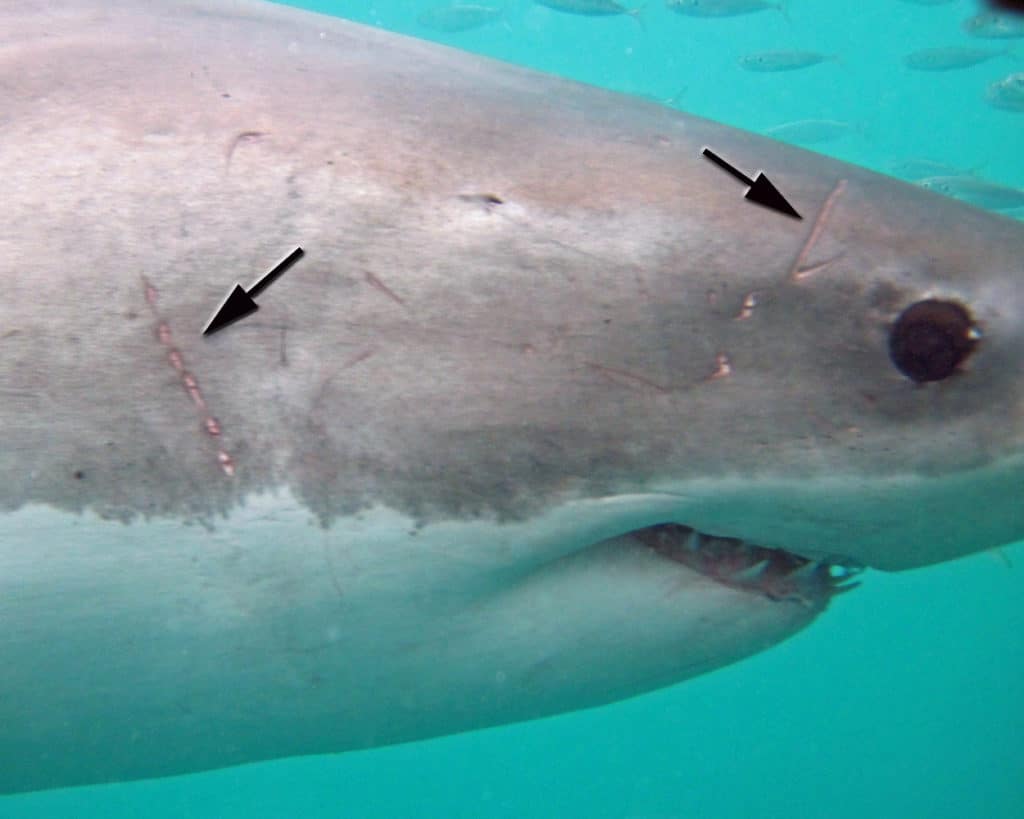
RESPECT YOUR ELDERS
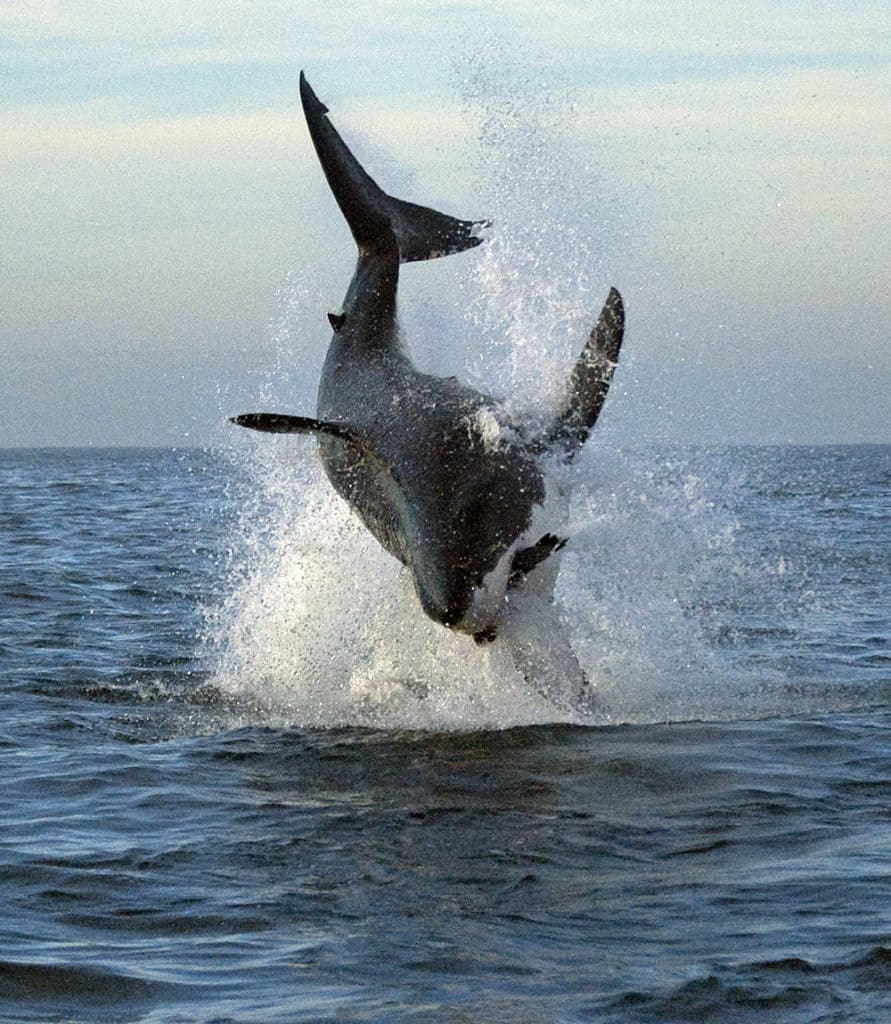
SHARKS ARE BRAINIACS
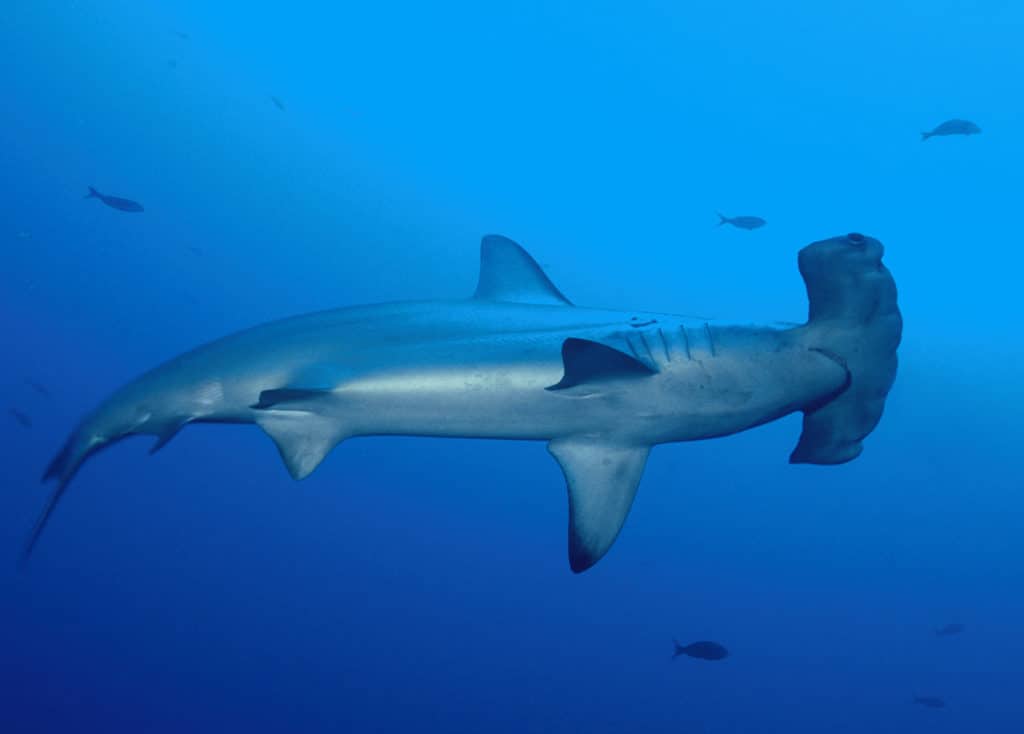
IT REALLY IS A HAMMER

THRESHERS CRACK THE WHIP

UP THE CREEK, NO BULL
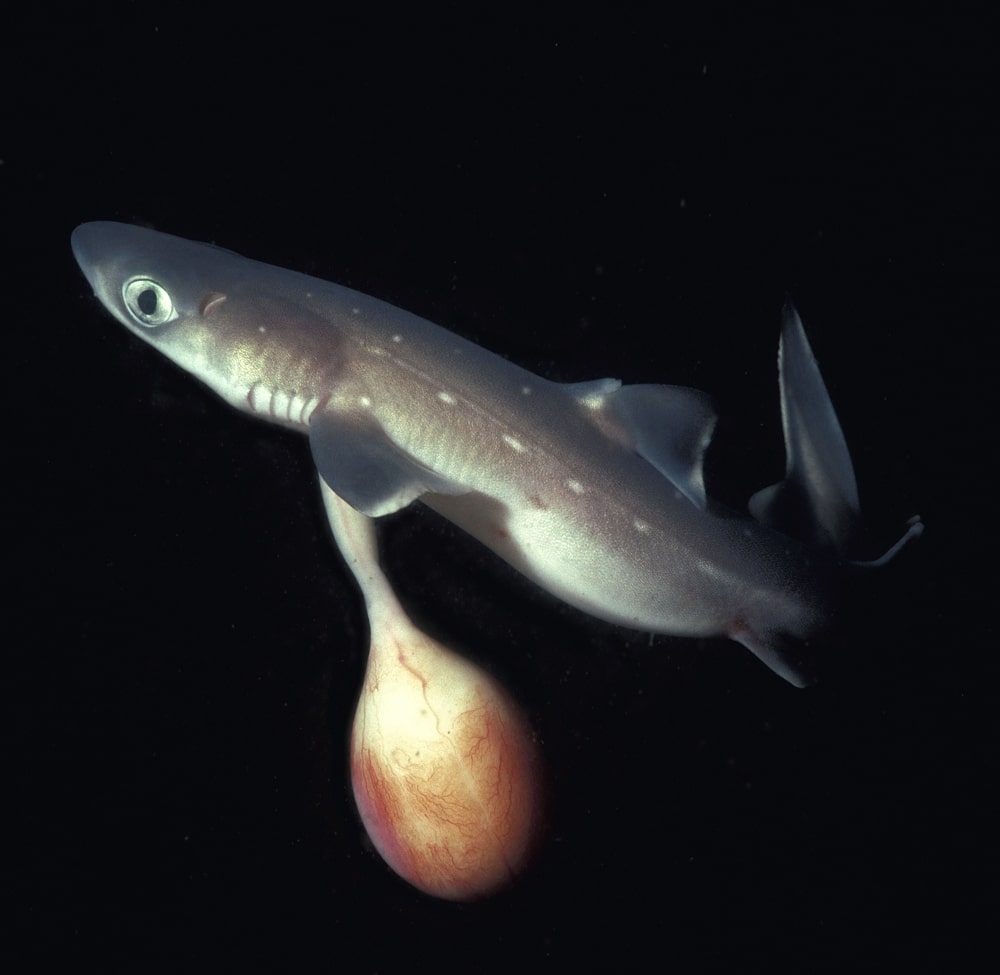
THE INIES AND OUTIES OF SHARK BELLY BUTTONS

SHARKS BY THE BILLIONS

SHARKS BY THE BILLIONS (2 of 3)

SHARKS BY THE BILLIONS (3 of 3)

SHARKS CAN SENSE YOUR AURA

TIGER SHARKS EAT WOODPECKERS

TIGER SHARKS ARE REALLY TIGERS

WHEN BLOOD IS NOT RED
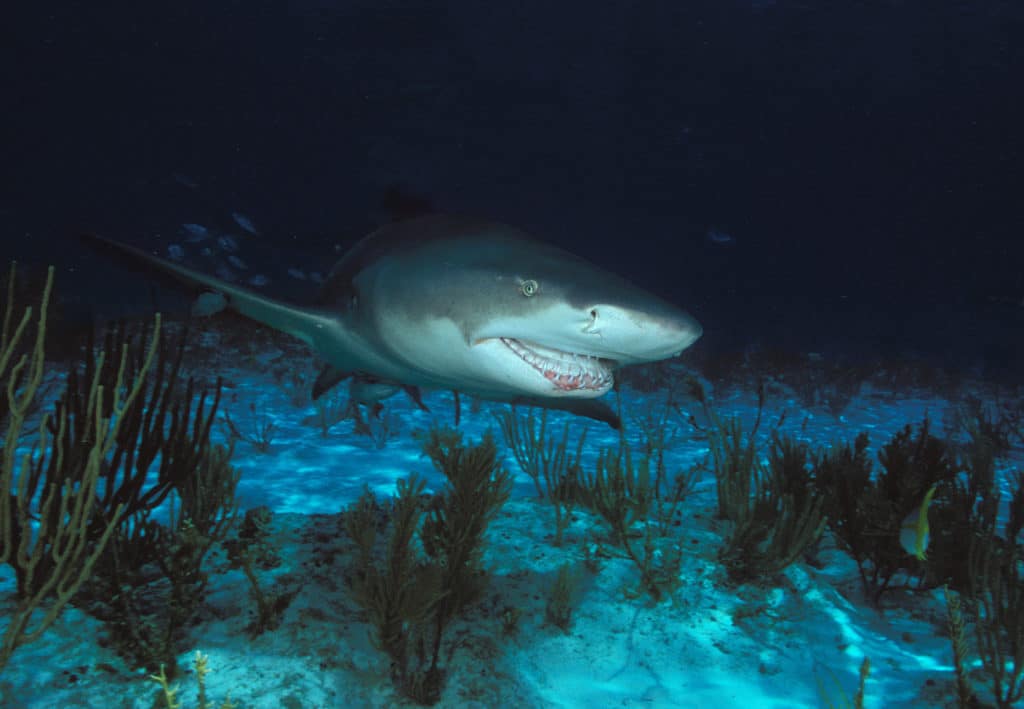
LEMON SHARKS STALK BONEFISH ANGLERS

LADIES FIRST

THE MOST ATTACK-PRONE SHARKS — NOT WHAT YOU MIGHT EXPECT

NURSE SHARKS: DOCILE OR VICIOUS?

SHARKS ARE PACK HUNTERS TOO
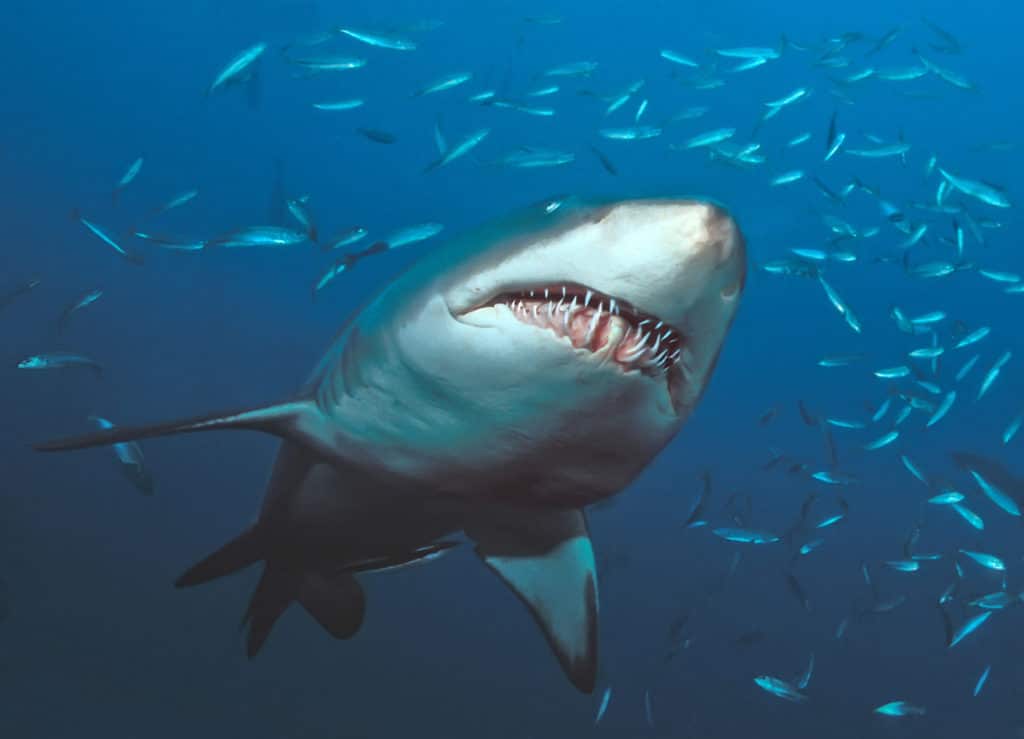
SHARK MYTHS EXPLODED

EVEN THE DISCOVERY CHANNEL GETS IT WRONG SOMETIMES

GOOD NEWS FOR SHARKS FROM CHINA

BAD NEWS FOR SHARKS FROM CHINA

WHEN “NO” REALLY MEANS NO
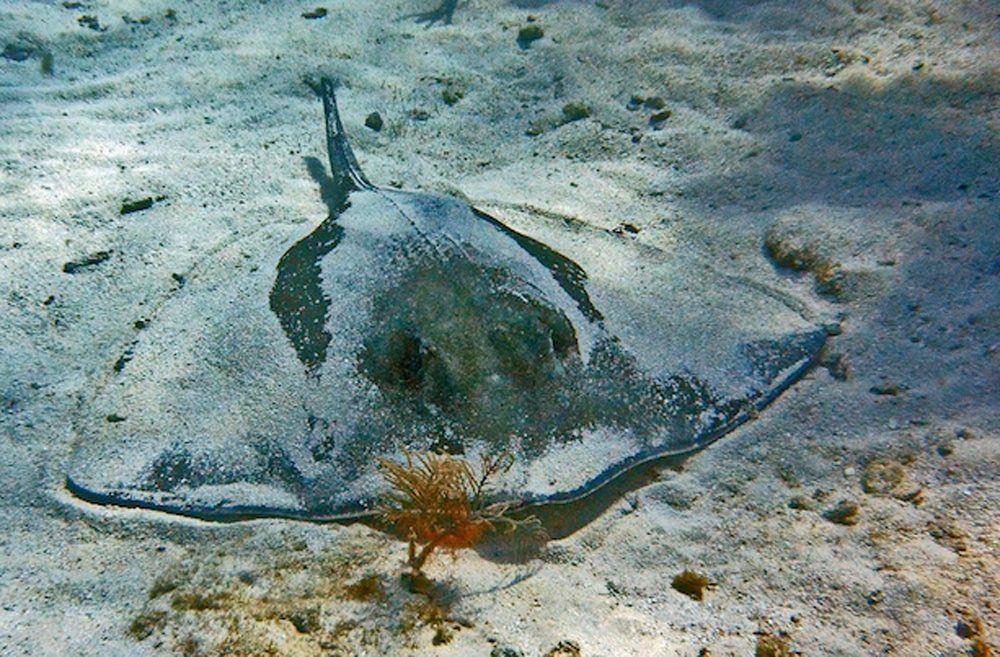
BEWARE OF LOW-FLYING RAYS

TOASTERS: MORE DANGEROUS THAN SHARKS

SHARKS AREN’T ALWAYS AT THE TOP OF THE FOOD CHAIN




